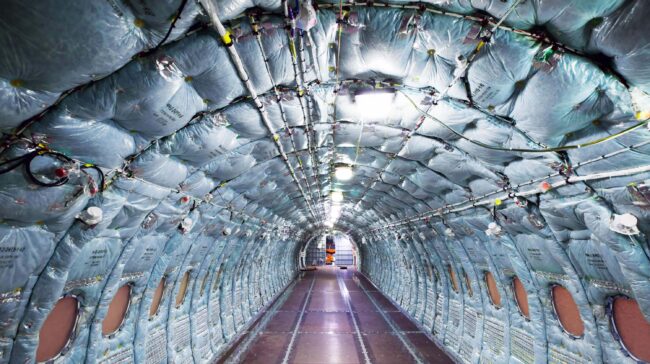The Role of Insulation in Aircraft Design: Balancing Performance and Weight
The aircraft insulation material play a crucial role in ensuring the comfort, safety, and efficiency of air travel. From regulating cabin temperature to reducing noise and vibration, these specialized materials are designed to meet stringent aviation standards while providing passengers with a pleasant and secure flying experience.
Insulation materials used in aircraft must strike a delicate balance between performance and weight. As aircraft manufacturers strive to maximize fuel efficiency and minimize operational costs, every component, including insulation, is carefully selected to optimize performance while keeping weight to a minimum.
One of the primary functions of aircraft insulation is to regulate cabin temperature and maintain a comfortable environment for passengers and crew. In addition to providing thermal insulation to prevent heat loss or gain, these materials also help to minimize the transfer of cold or hot air from the exterior environment into the cabin, ensuring a consistent temperature throughout the flight.

Beyond temperature control, aircraft insulation materials also play a critical role in reducing noise and vibration levels within the cabin. Engine noise, airflow, and other external factors can create a noisy environment during flight, impacting passenger comfort and communication. Insulation materials with sound-absorbing properties help to dampen these noises, creating a quieter and more pleasant atmosphere for passengers.
In addition to thermal and acoustic insulation, aircraft materials must also meet stringent fire safety regulations to ensure passenger safety. Insulation materials with fire-retardant properties are strategically installed throughout the aircraft to minimize the spread of fire in the event of an emergency, providing valuable time for passengers and crew to evacuate safely.
In conclusion, aircraft insulation materials play a multifaceted role in enhancing the comfort, safety, and efficiency of air travel. By providing thermal regulation, noise reduction, and fire protection, these specialized materials contribute to a more enjoyable and secure flying experience for passengers and crew alike.
